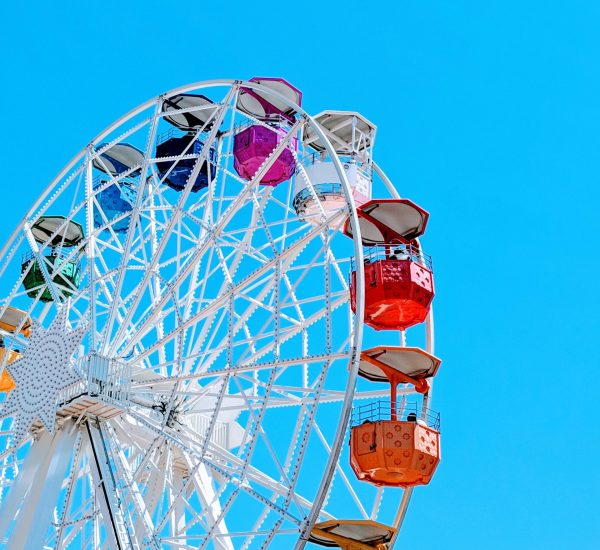If you are managing the marketing department of a theme park, and you want to attract people to choose your park over all the others, it might be time to revamp your theme park’s target market and marketing strategy in total.
Luckily, there are some easy methods to put in place in order to make sure you are targeting the right theme park target market and that your marketing plan is better than average, from adding more strategic marketing approaches to collaborating with possible business partners.
In this article, we will provide you with simple lessons to learn from the Disney theme park target market.
These lessons are suitable for aiming at the right theme park target market for any amusement park owner.
If you are the owner or marketing manager of a theme park, these lessons will help you greatly in providing a memorable experience for your visitors.
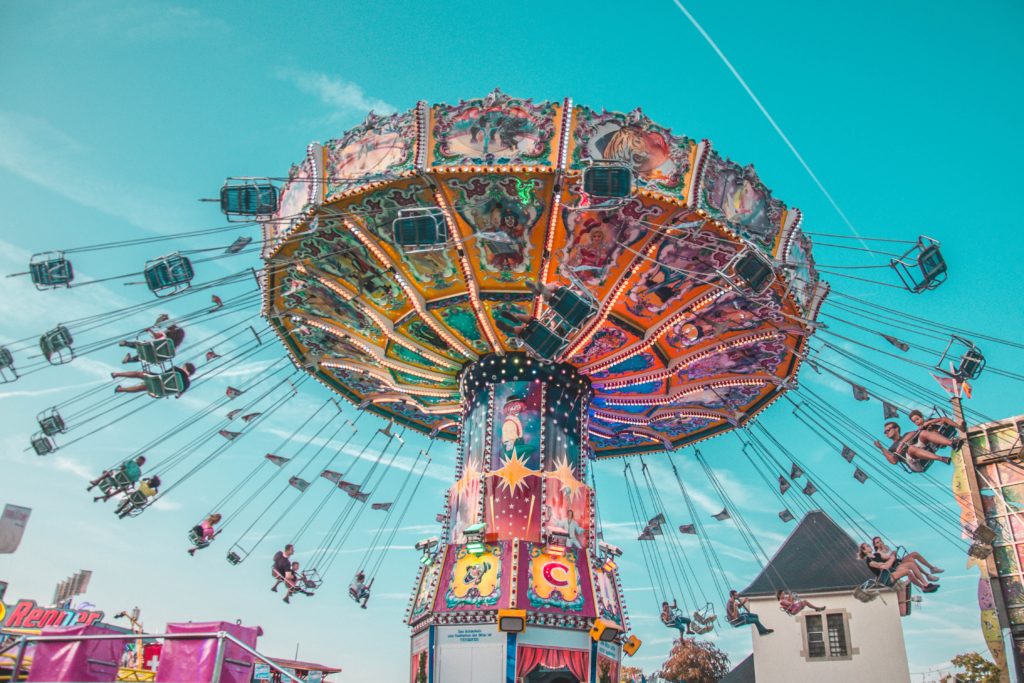
What Is A Theme Park Target Market?
Theme parks are vastly different from other industries where the target market is highly specific, such as clothing for children.
Instead, theme parks have a rare ability to successfully market to people of all ages. The key is to avoid a “one size fits all” approach to marketing.
Do your research and discover the best ways to reach and appeal to each segment of your target audiences.
Disney has been greatly successful in targeting the right audience and satisfying their needs.
Below, you can read the top lessons to learn from the Disney theme park’s target market approach.
Lessons To Learn From Disney Theme Parks Target Market
Disney World is not just a fun place for families and children.
It is also a pretty magical place for marketers too.
The Disney Institute has been around for more than two decades teaching business people from every field how to apply strategies that have been set at Disney Parks for years and years.
Here are just a few of the magical marketing lessons from Disney’s theme park target market that make Disney stand out from the rest of the theme parks.
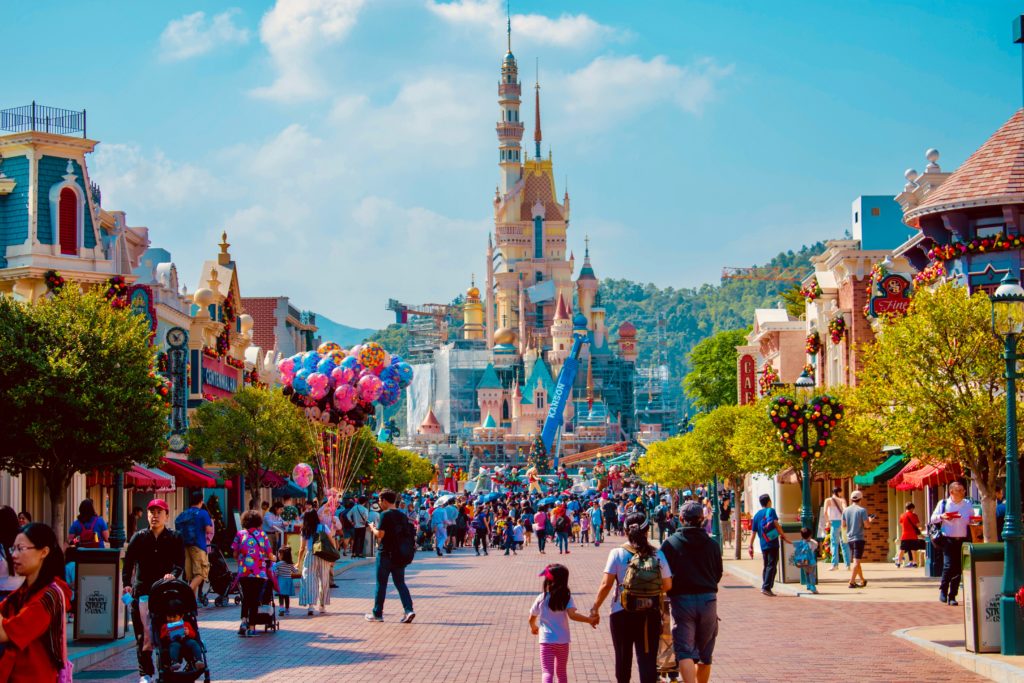
1. Everything Must Be Branded
At Disney, you cannot possibly look in every direction without logos catching your eyes.
Within the park, the concept of logo presentation works to surround you with the Disney experience at any moment; even when certain parts of the park are under development.
Not to mention the side advantage of Disney likely arranging discounts on the development work from Stanley in trade for permitting them to display their brand on the signage seen by millions of park attendees.
Moreover, Disney uses Branding and visuals to tell a story. Videos are an incredibly powerful and immersive way to combine branding and visual elements together to tell a story.
In reality, recent studies show that videos are a whopping 600 percent more successful for marketing purposes than both print and direct mail combined.
Marketing gurus at Disney are aware of the power that videos add to branding, as a result, it is not shocking that creating video content is a massive part of their marketing strategy.
Videos of Disney can be seen anywhere from YouTube to TV commercials.
2. Allow The Customers To Be Lazy
In front of virtually every ride, there is a stroller parking; and in the Magic Kingdom, there are plenty of strollers as almost every group of visitors has several small children.
There are places set aside for stroller parking and simple directions for where to park the stroller are provided, but people somehow tend to disregard them.
In most theme parks, this issue might easily lead to chaos. At Disney however, they have a “stroller guy” whose entire job description is to pick up after lazy customers.
In the span of five minutes, they are able to arrange strollers into lines, bring errant sippy cups back into cup holders, and keep their area of the park clean and tidy.

3. Be Familiar With Theme Park Target Market
Disney has a broad target market around the world. From children to the elderly, they know that each market segment will react in a different way to various advertising content.
Due to this, they use personalized advertising content to target diverse markets.
For example, to advertise the yearly Epcot Flower and Garden Festival in 2018, Disney posted a photo of sculpted hedges and topiaries formed like classic Disney characters on Facebook.
This post contained a link to their blog, which contained more detailed explanations on the occasion.
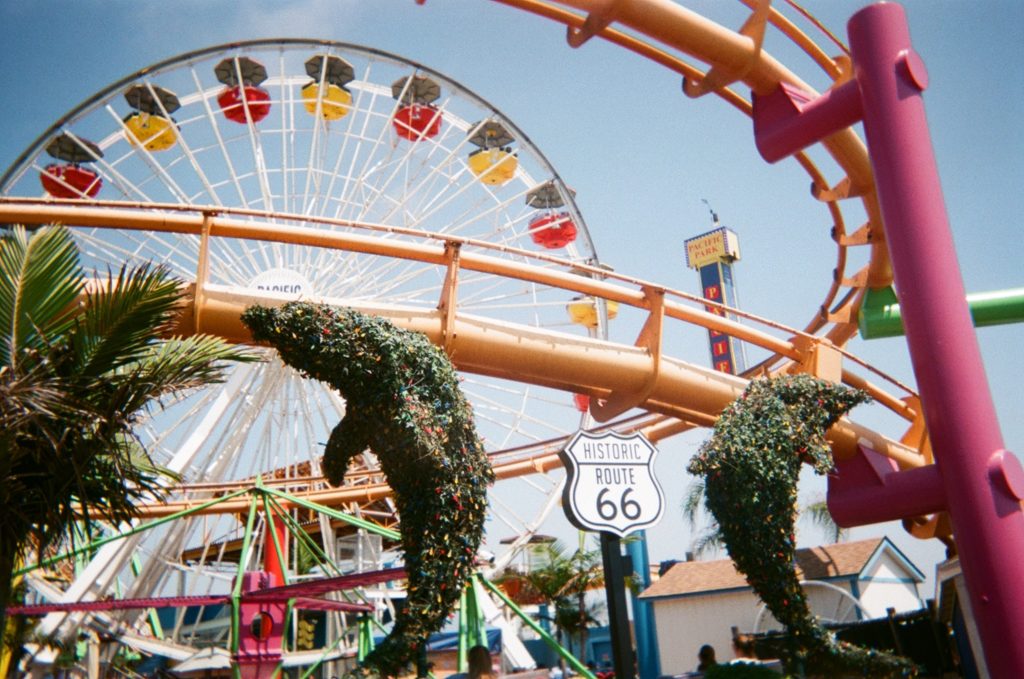
Facebook was a vital platform to target, a more elderly demographic. The photo and blog post received likes, comments, and shares, among both Disney and gardening fans.
The 2018 Flower and Garden Festival was a great success for Disney.
This same approach, in any case, would not be effective for most fans of the Disney movie Frozen.
As the film and its sequel are pointed at children who likely do not have social media accounts, Disney depends on TV commercials being aired during programmings for children and toys or licensed merchandise for marketing.
The sale of licensed merchandise for the original Frozen movie came to one billion dollars in a single fiscal year and based on that, similar results were anticipated for its sequel.
Not shockingly, Disney employs these same strategies to promote its theme parks to the young generation.
For example, advertising and promoting the newest Toy Story Land attractions of its Disney World park in between TV shows for children and releasing the Toy Story 4 toys and merchandise in a short time after its induction.
4. Provide Daily Surprises
The FastPass system at Disney is a result of analytical work of art designed to keep people moving through attractions faster and in a more optimized fashion.
To use it, visitors are just required to insert their own ticket to the park, and the FastPass will give them a specific time to board a ride without having to wait in lines.
Most of the time, visitors will also get an unexpected surprise of a bonus ticket to a nearby (and usually less popular) ride.
Thanks to this bonus ticket, the visitor has the chance to ride an extra ride at the same time and feel a little better about their overall experience at the park.
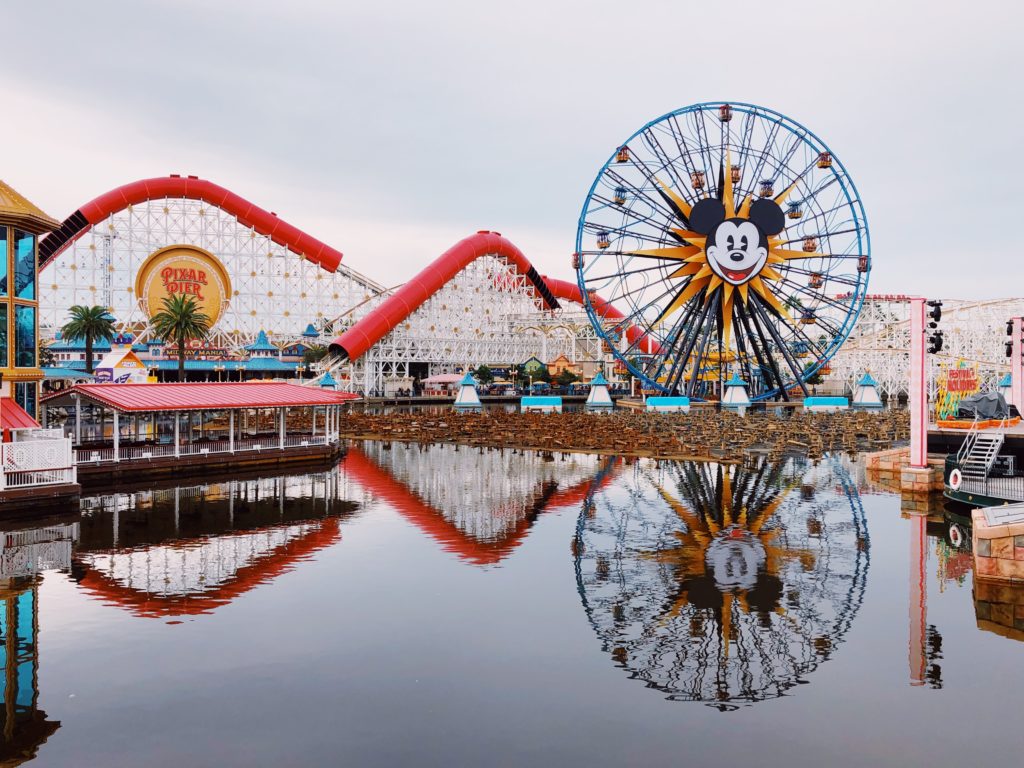
5. Try Not To Stop The Inevitable From Happening
Many of the rides take pictures of the visitors while they are on board.
These photos are sold to riders after the ride – a classic theme park upselling tactic.
At Disney, they will show the pictures to the visitors, and they are placing a person under the pictures just standing by to answer questions.
Of course, some people are just going to take a cell phone photo of their image instead of buying one.
A lot of the theme parks would have big signs put up to prevent that. Disney, instead, puts a person working under the photos to make it a little more socially awkward to take a photo of your photo; but they are not outlawing such an action.
The result is that they likely still get a large group of individuals buying the photo who truly need it.
However, they do not have to have a regular corporate arrangement for banning the inevitable bunch of individuals who are satisfied with a lower quality photo they take themselves.
6. Consider Reassuring Nervous Visitors
In Australia, a shy or always apprehensive person is called a “Nervous Nelly” and everyone knows people like that.
They are always checking a map even when they are going the right way, and they usually find a reason to worry about something.
Disney does a great job of making sure people feel at ease, with plenty of places and people to answer possible questions.
7. Provide Directions for all attractions
People are generally slow when it comes to finding their way around.
As a result, the signage at a theme park must be super easy to navigate and offer simple ways to get from one place to another.
Disney does a great job of keeping their signage easy to understand, by having a generally logical layout for parks and lots of places to pick up copies of maps as they walk around their parks.

